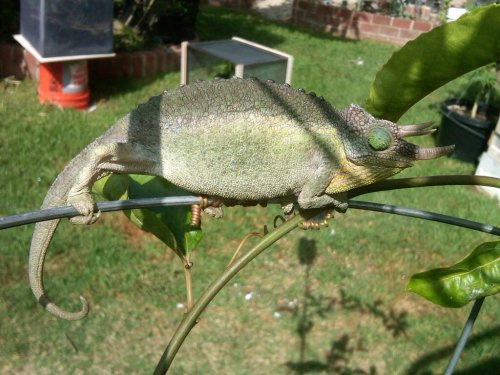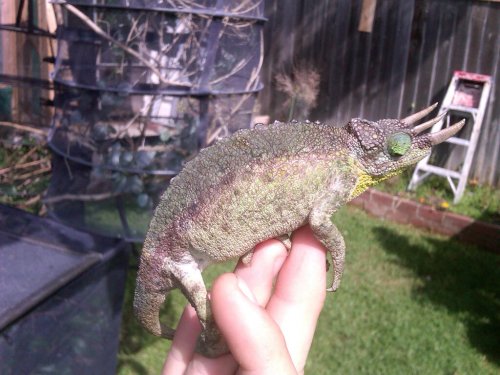flyty808
New Member
i got her from a friend as a breeding project between the two of us and he was not sure when he firt got her he thought she was a meru. but after doing more reserch we think she is a jacksonii jacksonii. thank you all for your opinions, im really excited to work with her
im really excited to work with her







